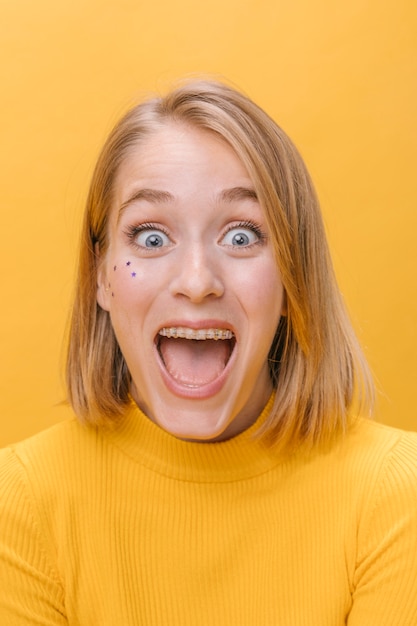
Intense anger raises the upper eyelids as well. SURPRISE : The upper eyelids and brows rise, and the jaw drops open.ĪNGER : Both the lower and upper eyelids tighten as the brows lower and draw together.

The corners of the lips pull down, and the lower lip may push up in a pout. SADNESS : The eyelids droop as the inner corners of the brows rise and, in extreme sadness, draw together. Similar studies by other scientists have since shown that facial expressions across the globe fall roughly into seven categories. A sad face, for instance, made them wonder if the person’s child had died. When Ekman showed the Fore photographs of faces with various expressions, they interpreted them exactly as Westerners would. To see who was right, Ekman traveled to the highlands of Papua New Guinea in 1967 and visited the Fore people, who had never been exposed to movies, television, magazines, or many outsiders. He is now an adviser for the Department of Defense, which is developing computer technology that can scan and analyze facial movements on videotape.Ĭharles Darwin was convinced that facial expressions don’t vary from culture to culture, but by the 1950s most social scientists had come to believe the opposite. In recent years, as the war on terrorism has escalated, he and his colleagues have taught hundreds of police officers, judges, airport security officers, and FBI and CIA agents to size up their suspects and to read clues in their facial expressions. “If only they had an Olympic event for facial athletes,” he says.Įkman may never win a gold medal, but he has no shortage of admirers. He can even wiggle his ears one at a time. In the course of cataloging more than 10,000 human expressions, he has taught himself to flex each of his 43 facial muscles individually.

He is also extraordinarily skilled at faking them.

An emeritus professor of psychology at the University of California at San Francisco, Ekman is a world authority on facial expressions. Paul Ekman has spent 40 years watching thousands of people try. No more than one in 10 people can voluntarily control the outer orbicularis oculi, the muscles surrounding the eye sockets, with that much precision. But unless you’re amused, excited, grateful, relieved, or just plain happy, you probably can’t pull your cheeks up and your eyebrows down to form a smile that looks genuine. You can raise the corners of your lips into a neat grin-as one does for the camera-and you can probably tighten your eyelids a bit to enhance the effect. Chances are, you’re not very good at faking a smile.


 0 kommentar(er)
0 kommentar(er)
